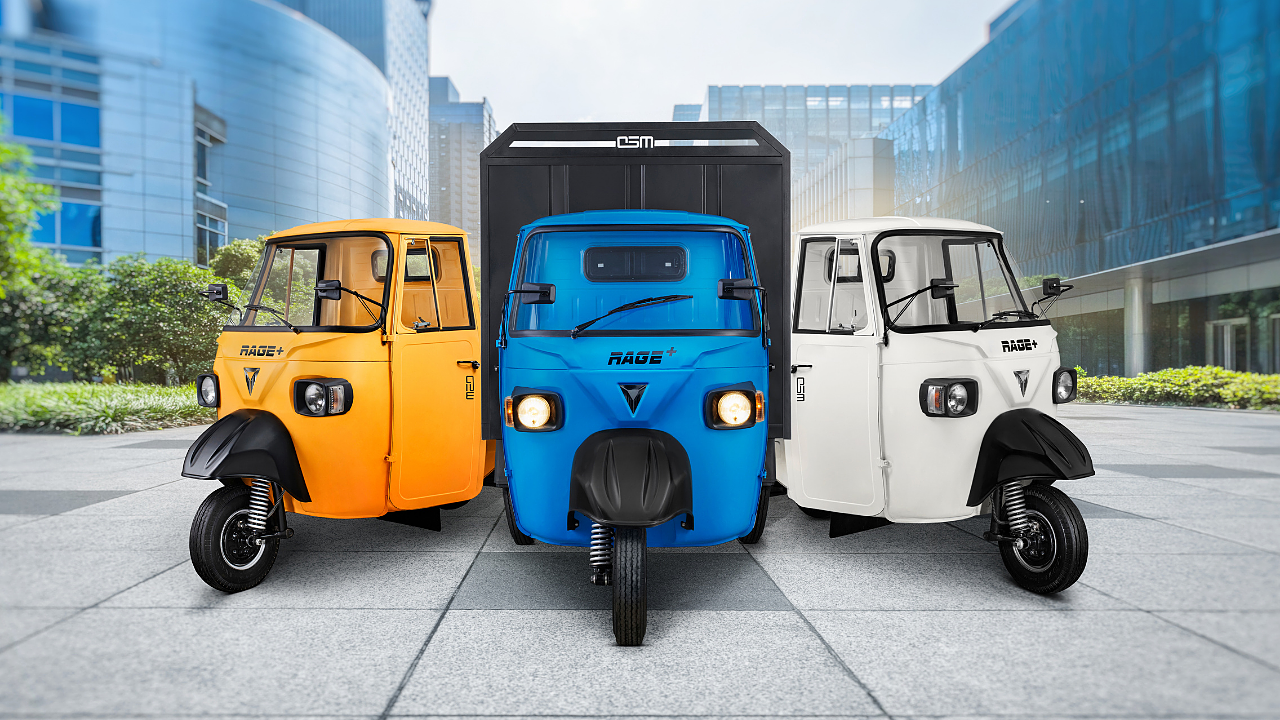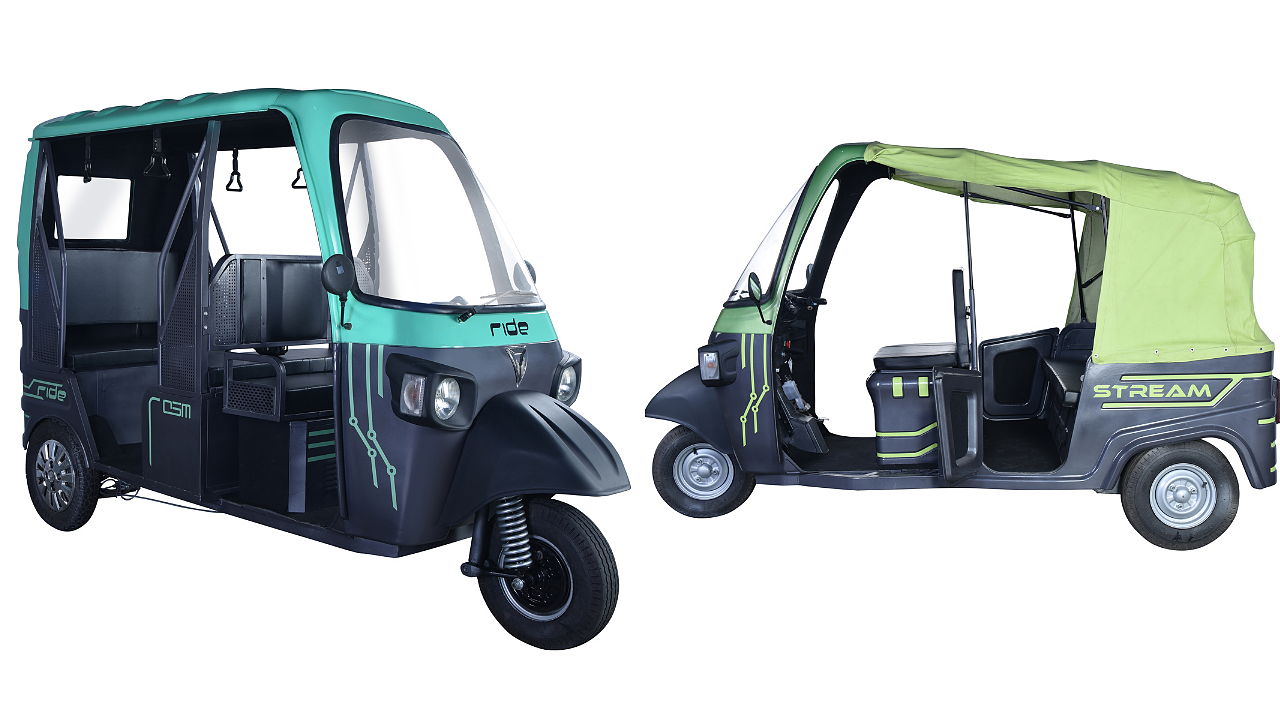
Omega Seiki Mobility (OSM), part of the Anglian Omega Group – a leader in bright bar steel, cold-forming and high-precision machining powertrain parts for the automotive and rail industry, is now pushing the gas pedal in its e-mobility venture. As part of its initiative, the company had showcased two smart electric products at Auto Expo 2020: Rage and Rage+.
The company's IMT Faridabad facility was operational in June 2020 and the production and deliveries of the vehicles followed suit. plus, Rage Frost and Sun-Ri; one e-rickshaw, Ride and one passenger vehicle, Stream.
Speaking to Mobility Outlook, Uday Narang, Chairman, Omega Seiki Mobility said to make bright bar steel, cold-forming and components, the company has two plants – one in Sector 58, IMT Faridabad and another facility in Manesar, both in Haryana. Besides, it has manufacturing units in different locations. As the transportation costs are high, the company plans to set-up few facilities to make e-mobility products across the country.
“We will set up a hub-and-spoke model for OSM as we have steel and pipes business nationwide. We already have quite a significant presence in Tamil Nadu, and we have our infrastructure business (Anglian Infrastructure Development) in Andhra Pradesh,” he said. The company hopes to leverage its presence across the country to assemble Electric Vehicles (EVs). The group has earmarked INR 200 crore as investments for OSM, he added.
On the content in the vehicle, Narang explained that the batteries will come from the US, while the motors are locally sourced. Everything else is made in house, he said.
The company recently announced its plans to set up a manufacturing facility in Bangladesh. “We are working with a few partners in Bangladesh, which will cater to the local and exports markets,” he said.

Compelling reasons to enter Bangladesh?
Narang said that Bangladesh’s economy had grown consistently at 8.5% during the past five years, while its per capita GDP increased to $1,800. The country has a well-established port as it has been exporting garments in a big way. It is one of the fastest-growing countries in the sub-region, as well in Asia. It has FTAs with about 160 countries, and the government is pro-business.
“We want to use our upcoming facility as also an export hub, leveraging its relationships with many other countries. The other reason is the cost of production, which is one-third of India. In addition, the wages are lower. We will announce the details of our partners in Bangladesh soon. We want to use Bangladesh as an export hub for the EU because of their relationships with the EU. Besides, the country is part of RCEP, which helps us export out to Asian countries,” he said.
The construction of the Bangladesh plant is progressing, and the production would hopefully commence in the next few months. OSM will not just be an India-only company, it will be a global company in the cargo space, he added.
Bangladesh to India?
About 95% of Indian demand will be catered to from local manufacturing. Though there are possibilities for the company to produce in Bangladesh and deliver to the North-East and West Bengal, leveraging free trade, the exact numbers will be minimal, he added.

Work with alliances
Narang is categorical in saying that “we have to work in alliances.” He believes that the competition is necessary and it is going to keep the players work harder and grow.
“We are going to be working with a lithium-ion cell technology company C4V, which has a strong trading portfolio globally with a focus on cathode, anode, electrolytes and separators, having facilities in the US and Australia,” he said. It may be recalled that the company has signed a Memorandum of Understanding (MoU) with New York-based C4V to manufacture solid-state batteries in India.
It has signed another MoU with the Foundation for Innovation and Technology Transfer (FITT), Delhi – an industry interface organisation established by the Indian Institute of Technology, Delhi for jointly working on EV technologies and advanced research. The main objective of the MoU is to innovate alternate energy-powered vehicles and other emerging technologies in the EV space, including the efficiency and performance improvement of the company’s EVs.
Recently, it has announced a strategic partnership with Bangalore-based Log 9 Materials to introduce rapid charging batteries technology in its Rage+ electric three-wheeler platform.
What is the USP for your EVs?
“We are an IoT-enabled company working on batteries, powertrains and whole vehicle architecture. We will be involved in the last mile business, and we are aligning with a lot of large and small, last-mile delivery players. We also have a cold storage business. We are a lot more nimble, and therefore, we come up with designs that can be custom-made for our customers,” he said.
To support future development, the company is building a new R&D centre in Faridabad. Currently, about 45 people are working in the centre.